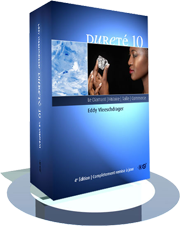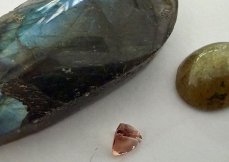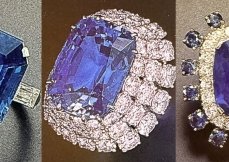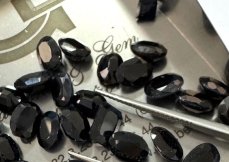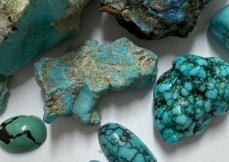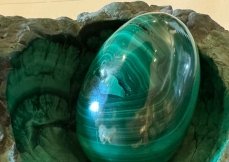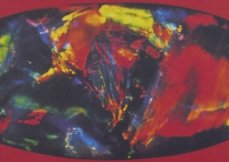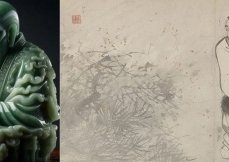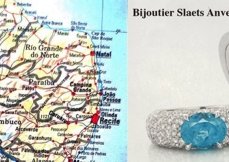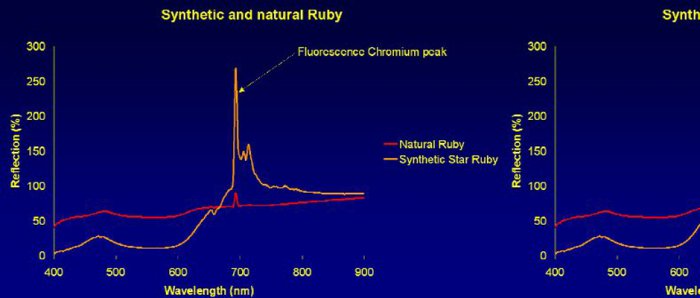
Gemmology, a complex business | EN
Gemmology encompasses a multitude of areas of knowledge ranging from geology to chemistry. Devices that were once used to analyse stones are now obsolete thanks to technological advantages in synthesis.
-physics and its optic properties mean that, thanks to the laws formulated by Newton, Huygens, Maxwell and also Niel, light refractions in the various elements that make up the material can be studied. This ranges from atomic emission to the spectral absorption, and means the stone's components can be studied and any synthetic stones can be examined, as well as artificial heat modifications, density etc. Pleochroism enables a classification to be made among the multitude of different classes that eventually result in a definitive and scientific assessment of the stone. Nowadays, gemmologists make use of physics instruments that are highly specialised, such as Avantes spectroscope.
-chemistry enables the stone's composition to be understood through the study of its various elements. A gemmologist can deduce the nature and origin of a stone, detect counterfeits and chemical treatments that might have been carried out, and also ascertain whether or not any natural radiation has been used that could alter or improve the material. Two decades ago, all of these elements had to be perfectly understood by a gemmologist, and in order to do so the gemmologist had to use appliances such as a binocular microscope, a hand spectroscope, a refractometer, a polariscope, a long and short wave UV device, a Chelsea filter and so on. The gemmologist had not only to use these appliances but also to know what caused the various phenomena and what these meant. A device, using heat conductibility could detect almost every imitation. Unfortunately, with technological advances in synthetic materials and manipulations of substances both for diamonds and coloured stones, the gemmologist has had to leave the antiquated laboratory behind and call on the services of large scale laboratories or major universities. Handed down materials are no longer usable, and these devices have mostly become souvenir items.
|
